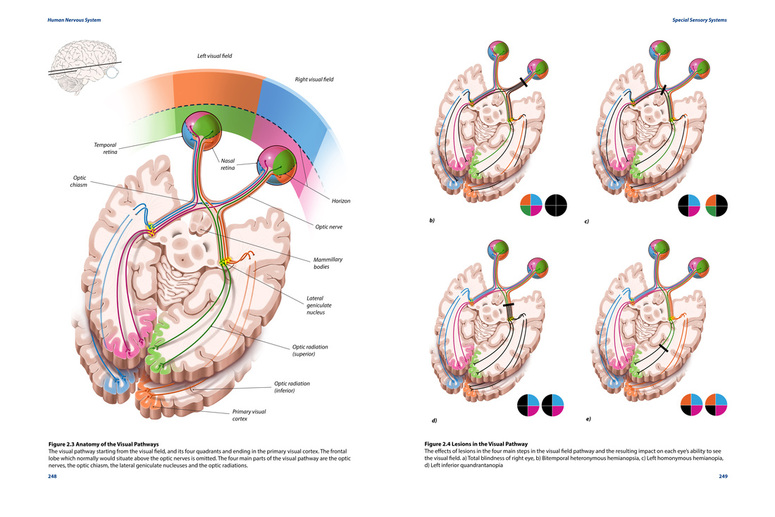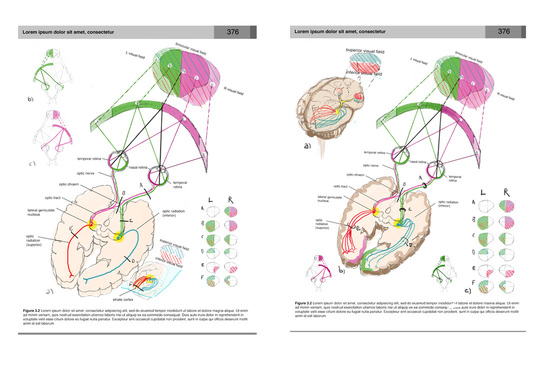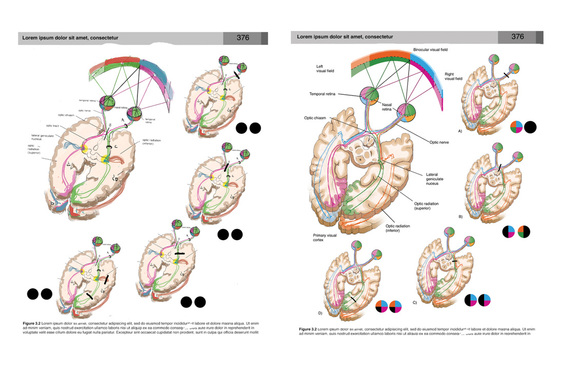|
DESCription
|

Process Work
|
|
ReferencesAFIP #406908 Pilocytic astrocytoma (Optic glioma). http://commons.wikimedia.org/wiki/Pilocytic_astrocytoma
England, M. A., & Wakely, J. (2006).Color atlas of the brain and spinal cord: an introduction to normal neuroanatomy(2nd ed.). Philadelphia, PA: Mosby Elsevier. Kandel, E. R., Schwartz, J. H., & Jessell, T. M. (2000). Principles of neural science(4th ed.). New York: McGraw-Hill, Health Professions Division. Kiernan, J. A., & Barr, M. L. (20082009).Barr's the human nervous system: an anatomical viewpoint (9th ed.). Philadelphia: Lippincott, Williams & Wilkins. Martini, F., Timmons, M. J., & Tallitsch, R. B. (2012). Human anatomy (6th ed.). Boston: Pearson Benjamin Cummings. Nolte, J (2009). The Human Brain an Introduction to its Functional Anatomy. Philadelphia PA: Elsevier. Pauwels, L., & Akesson, E. J. (2002).Cranial nerves (2nd ed.). Hamilton, Ont.: B C Decker. Poritsky, R. (1984). Neuroanatomical pathways. Philadelphia: Saunders. Purves D, Augstine G A, Fitzpatrick D, Hall W, LaMantia A-S, McNamara J O, Williams S M (2007). Neuroscience 4th Ed. Sunderland: MA.Sinauer Associates. Rubin M, Safdieh J (2007). Netter’s Concise Neuroanatomy. Philadelphia PA: Elsevier Wilson-Pauwels L, Akesson E J, Stewart P A, Spacey D (2002). Cranial Nerves in Health and Disease. BC: Decker Inc. Wilson-Pauwels L, Akesson E J, Stewart P A, Spacey D (2010). Cranial Nerves 3rd Ed. PMPH-USA. |
|
|





